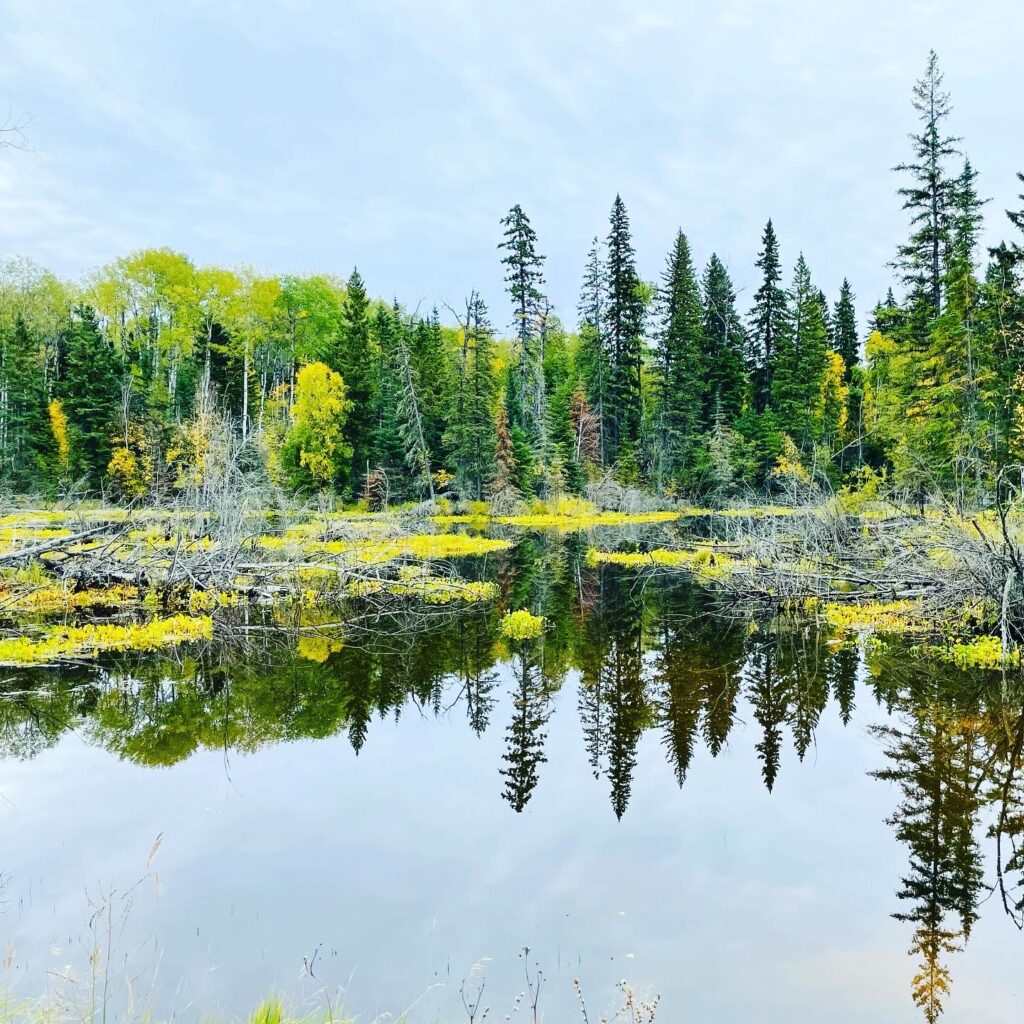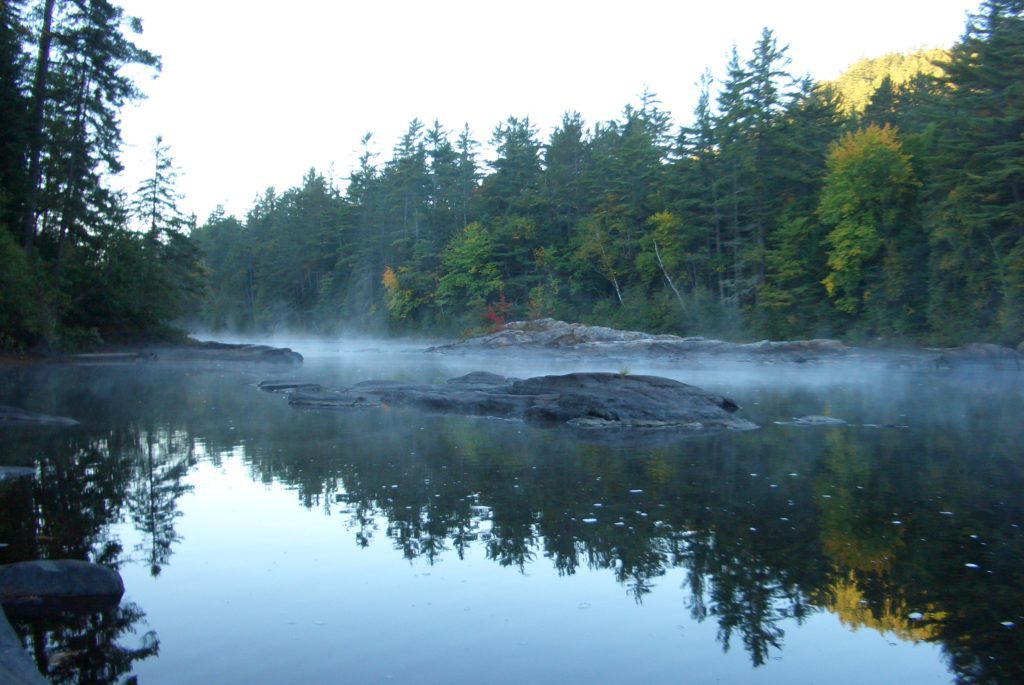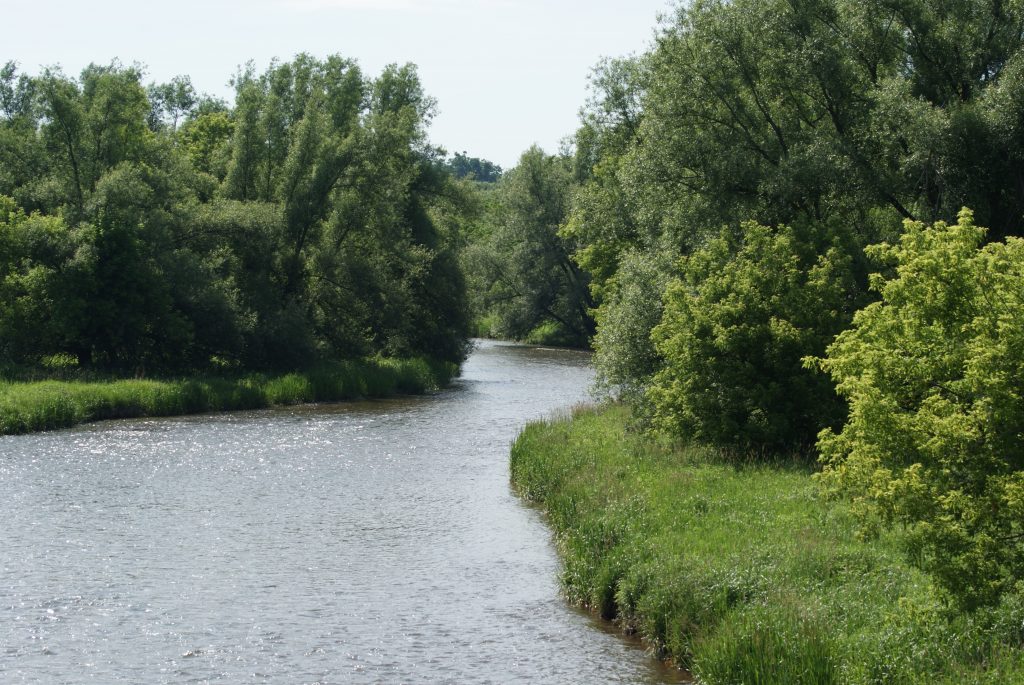When we and our partners set out to create a new set of rules to guide socially and environmentally responsible gravel pits and quarries, we knew it was no small task.
Yes, similar standards have been developed for other industries, most notably forestry. The Forest Stewardship Council (FSC) certification is now recognized globally, and has some 30 per cent of the market share here in Canada.
But no such standard had ever been developed for aggregates – sand, stone and gravel. These materials are the building blocks of modern society. They are needed for transit projects, for high-rise buildings, for the kind of built form that we support. But all too often, we saw inappropriate applications for projects, projects that would lead to the destruction of sensitive ecosystems and threatened and endangered wildlife.
We fought against many of these bad applications. But over the years, it became apparent that we needed to find another way to make progress on this issue. We didn’t have the resources or the time to fight every bad pit or quarry application, and even when we gave these cases everything we had, we didn’t always win.
We also knew that we couldn’t produce real change fighting case by case. To provoke real change, we needed to change the rules.
We needed a system that would help keep quarries out of key natural areas like wetlands and endangered species habitat, a system that rewards companies that operate responsibly and re-habilitate damaged lands quickly and well.
And so, almost four years ago, we launched the SERA (Socially and Environmentally Responsible Aggregates) standard, which set out a series of rules against which responsible operations could be audited and, if in compliance with the rules, certified as responsibly sourced material.
Since that launch, we’ve been working on refining the standards. There have been countless meetings of the Standards Development Panel and the Board of Directors, both of which include representatives from community groups, environmental organizations, agricultural stakeholders, professional planners and the aggregate industry, to hammer out the details of the final standard.
We’re happy to report that we’ve reached a new milestone. Today, the final standard, now under the new banner of the Cornerstone Standards Council, has been released for a two-year pilot.
The standard sets out clear criteria to ensure open, transparent and sincere engagement with communities; lays out consultation requirements with First Nations and aboriginal peoples; addresses how certified operators treat their employees and host communities; and includes restrictions on how these operations can impact the environment, including clearly identifying places where new pits and quarries cannot be located if they wish to be certified.
It is a big improvement over the status quo. But it’s far from perfect.
This standard, just like other standards of this type, is the product of compromise between industry, environmental and community stakeholders. A standard written by industry would no doubt be more lax on some of the environmental and community aspects. Similarly, rules written by environmentalists would no doubt be more restrictive.
The task in developing this standard was to find the sweet spot, what we referred to as a “high but achievable” bar, a set of criteria that industry can and would be willing to meet, and also something that we and our community partners could see was demonstrably better than what the current rules require.
The standard is voluntary, which means it’s critical for members of industry to feel as though the standard is something they can actually do. And, equally, the standard must be a demonstrable improvement over the status quo, otherwise it would lack credibility, and therefore be of little to no value.
It was not a simple task to find this sweet spot. In fact, it’s still a work in progress. That’s why we’re releasing the standard for a two-year pilot. It needs to be tested on the ground. We need to see how it performs, how the language that we’ve put on paper is interpreted and acted on in the field.
Over the pilot period, we’ll be following the standard closely, and monitoring the impact certification has on existing operations as well as on new pits and quarries. We invite you to join us in this, to engage with the standard and with companies pursuing certification, to help test it. That’s the point of the pilot.
After this two-year pilot, revisions will be made to the standard to address any shortcomings that came to light during the piloting period, in pursuit of that sweet spot.
As I said off the top, we knew this was no small undertaking. It’s been many years in the making, and it’s still evolving. But we know that this standard will get better with time, especially if people and industry engage with it.
We also know that there is demand for environmentally and socially responsible products. We’ve seen this from the experience of FSC and other certifications. The development of standards such as this one is a proven way to harness the demand for responsible products and to use that demand to change practices for the better.
And we’re confident that this type of novel, solutions-oriented approach will is a key strategy to help us on our way to a cleaner and more prosperous Ontario.









